Amongst the myriad of light performance tools and software, one of the least talked about is the AGS Performance Grading Software (PGS), which allows an AGS cut grade to be assigned to any round, princess or emerald (square or rectangular) cut diamond, without the need an AGS certificate!
How Do Most Labs Assign A Cut Grade?
Most labs assign a cut grade based on table size, crown angle, pavilion angle, depth and girdle thickness. GIA also takes into account the star facet to upper girdle facet ratio and the lower half length. There are many problems with this, such as:
- The crown and pavilion angles are an averaged figure.
- GIA rounds crown and pavilion angles and heights, so they an almost never 100% accurate.
- They don’t take into account optical symmetry and the contrast of the stone.
- Most labs wont comment on brillianteering and minor facets, therefore, if a diamond has a painted girdle, there’s no way of knowing from the certificate. The GIA will sometimes comment on brillianteering and reduce the cut grade, but this is fairly rare, and sometimes the downgrade of the cut is unwarranted.
- Most labs have very few grades, maybe four or five, meaning some GIA excellents will be relatively poor performers, whilst some will be top performers.
- Even worse, some labs grade based on individual parameters (crown angle, table etc), not the interrelationship between each cut parameter.
What Is The AGS PGS?
The AGS PGS is a piece of software that uses ray-tracing in order to assign a cut grade. Unlike other grading systems used by any other lab the AGS grading is based on three dimensions.
Because it is a three dimensional grading system, you need either a Sarin or OGI proportion scanner in order to use it. The AGS PGS can either be used as a plugin for the Sarin or OGI software or as a standalone program that imports .srn files.
The AGS 00000000000
This thread on Pricescope explains the 11 factors, but in summary there are seven “core” factors:
- Brightness
- Contrast
- Dispersion
- Leakage
- Weight Ratio
- Tilt
- Durability
The sum of the deductions are then added up. Afterwards, 4 other factors are taken into consideration:
- Culet
- Girdle
- Polish
- Symmetry
The largest of which lower the grade.
Examples
The first example is a case of a GIA triple excellent (excellent cut, polish and symmetry). On paper it looks great. On the Holloway Cut Adviser it has four excellents and a score of 0.5. Most people would call it an ideal cut.
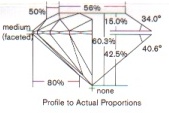
Not so with the AGS PGS:
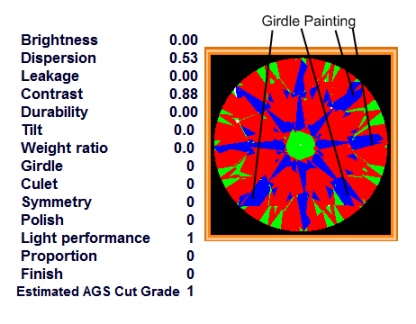
In this case, a light performance grade of 1 was assigned as the girdle was overly painted, creating a bit more contrast than usual. Not all painting is bad, but on this occasion it was detrimental to the look of the diamond.
The second example is a case of a GIA graded “Very Good” stone. This stone was graded very good due to a very thin girdle:
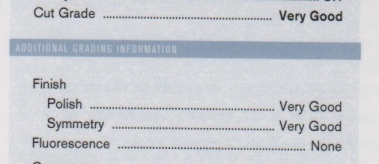
However, the AGS PGS thought otherwise:
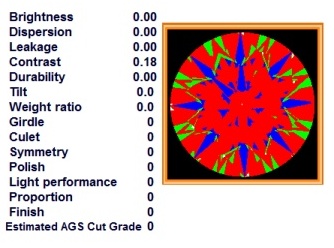
As you can see, there is no durability deduction and overall, it is a top stone.
Lastly, no review would be complete without a negative example. This stone, looking at the Ideal-Scope and AGS’ own ASET image and comparing it to others, I thought it would definitely score an AGS 0:
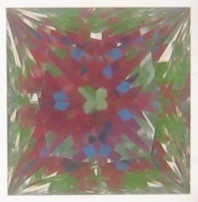
However, this was not the case 🙁
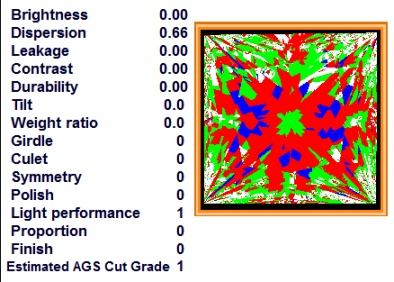
Summary
The AGS performance grading system is the new way to grade cut. Whilst other labs are stuck using proportion based factors, the AGS has done the research and development and brought cut grading into the 21st century. Of course, with so many tools available nowadays, this software is only one part of our arsenal to grade cut.